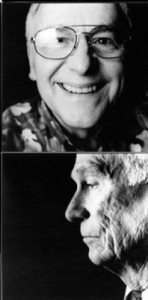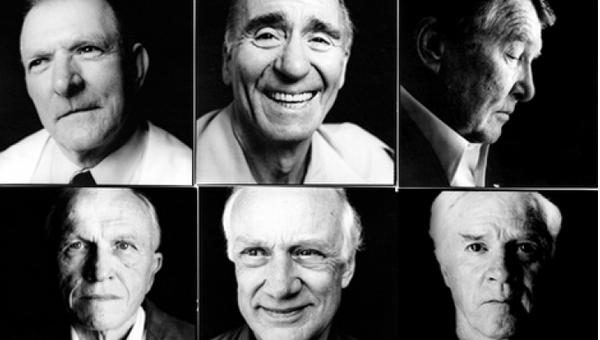
“I take photos to show another world,” explains Steve Pyke, opening up his long awaited documentary MOONBUG, and with a subject of astronomy, you’d expect this to be quite fitting. Unfortunately, a documentary about space exploration it is not; it’s an astronomically claustrophobic look into the world of Steve Pyke.
Living his dream, he gets to meet the greatest heroes of the early space missions. However, with this mighty subject he takes us into the tiny viewpoint he has of the tale. Steve is a portrait photographer, and it is purely the faces of these heroes that seem important to him. Sometimes a photo of their feet, if they’ve touched lunar ground. There are very sparse golden anecdotes: Eugene Kranst tells us that the first thing the crew of Apollo 11 were scheduled to do was to sleep. Having anticipated a journey into the unimaginable world of space documentary, I now felt like the same was scheduled for me.
Pyke finds that the subject-facing viewfinder of a standard camera is aggressive. Nevertheless, he is happy to thrust his tripod between the legs of an astronaut…
 The heroes in front of Pyke’s camera were showing great patience, more often talking about the equipment he was using than about the subject I was on the edge of my seat to hear. The director is following a photographer here, and although a photographer is rarely documented, the wrong questions were being asked – an interviewer he is not. At one point he asks a lunar walker, “You went on a space walk, what was that like?”. Every time a new portrait is snapped, a powerfully doom-laden powerpoint sequence begins, like the title sequence of “Lost”, music and all. Of course, this happens a dozen times throughout the film, being the least repetitive part of it.
The heroes in front of Pyke’s camera were showing great patience, more often talking about the equipment he was using than about the subject I was on the edge of my seat to hear. The director is following a photographer here, and although a photographer is rarely documented, the wrong questions were being asked – an interviewer he is not. At one point he asks a lunar walker, “You went on a space walk, what was that like?”. Every time a new portrait is snapped, a powerfully doom-laden powerpoint sequence begins, like the title sequence of “Lost”, music and all. Of course, this happens a dozen times throughout the film, being the least repetitive part of it.
Pyke says he uses a Rolleiflex camera, whose viewfinder system uses a 45-degree mirror and is viewed from above at waist-level. Pyke finds that the subject-facing viewfinder of a standard camera is aggressive. Nevertheless, he is happy to thrust his tripod between the legs of an astronaut, to compensate for the lack of zoom, whilst snapping the soles of their bare feet.
Nichola Bruce tells us that it’s taken ten years to get her archive footage together for two reasons: firstly because no-one would fund it, and secondly, because she had no idea what to turn her archive footage into. Both of these statements are regrettably evident in this experience.

